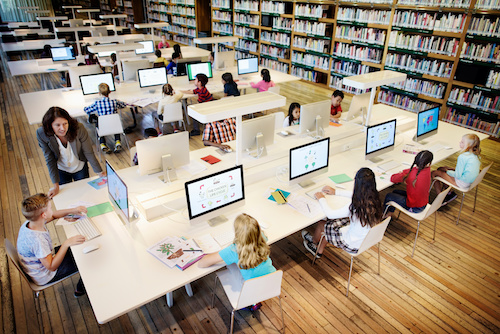Helping children develop strong reading habits starts at home. A reading-rich environment encourages curiosity, builds literacy skills, and nurtures a love for books. It doesn’t require a large library or expensive resources—just a thoughtful setup that makes reading an everyday part of family life.
What Is a Reading-Rich Environment?
A reading-rich environment includes easy access to books, frequent exposure to language, and a family culture that values storytelling and reading. This kind of space signals to children that reading is important, enjoyable, and relevant to their world.
Simple Ways to Create a Reading-Friendly Home
- Make Books Visible and Accessible
Place books in multiple rooms, not just on high shelves. Use baskets, bins, or small shelves to keep reading materials within easy reach of children. - Create a Cozy Reading Nook
Set up a quiet, inviting spot for reading. A few cushions, good lighting, and a small bookshelf can transform a corner into a favorite reading zone. - Read Aloud Often
Reading aloud isn’t just for toddlers. Older children also benefit from hearing stories, which improves listening skills, vocabulary, and comprehension. Make read-aloud time part of your routine. - Rotate and Refresh Books
Keep the selection exciting by rotating books regularly. Include fiction, nonfiction, poetry, and magazines to expose children to a variety of formats and topics. - Encourage Independent and Shared Reading
Let children read on their own, but also set aside time for reading together. Family reading strengthens bonds and models good reading habits.
Building a Culture of Reading
Modeling matters. When children see parents and caregivers reading for pleasure, it normalizes the habit. Talk about books, share favorite stories, and visit the library together. Celebrate reading milestones with small rewards or special reading nights.
Using Technology Wisely
E-books and audiobooks can support reading, especially for reluctant readers. Choose age-appropriate apps and set screen-time boundaries to ensure digital reading complements—not replaces—traditional reading time.
Conclusion
Creating a reading-rich environment at home is one of the most impactful ways to support a child’s academic and personal growth. With a little planning and consistency, families can make reading a natural and joyful part of everyday life. It’s not just about having books—it’s about building a home where stories thrive.






